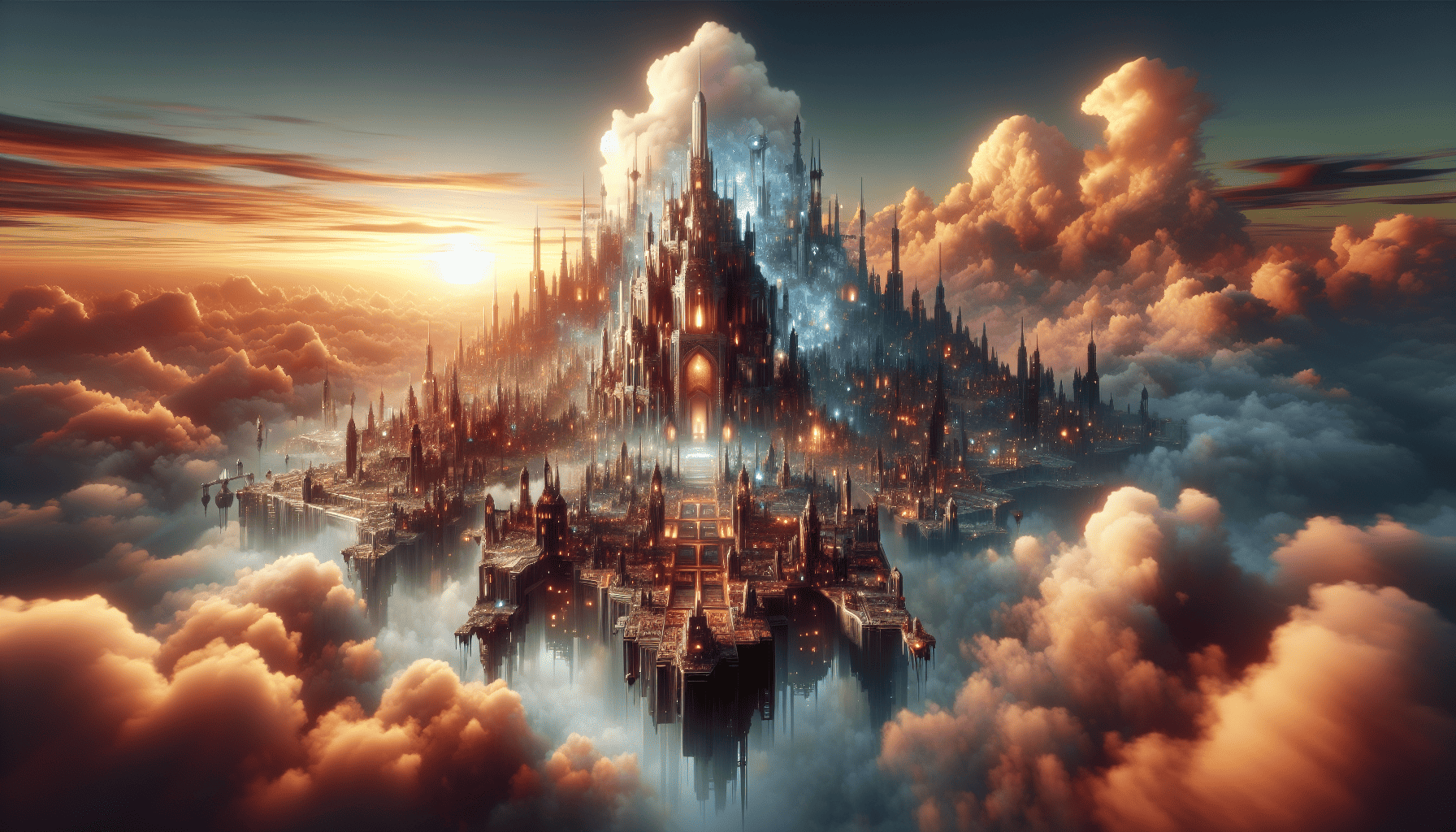In the realm of digital entertainment, crafting immersive universes has become an art form. These digital landscapes transport users to alternate realities, blending storytelling, design, and technology to create experiences that feel almost tangible. But what exactly makes these virtual environments so captivating, and how are designers pushing the limits of imagination?
At the core of immersive world-building is the concept of storytelling. A compelling narrative is crucial for drawing people in and maintaining their interest. Storylines that resonate emotionally, offering depth and complexity, allow individuals to engage with characters and plots on a personal level. This emotional investment is what often keeps people coming back, eager to discover what happens next.
Equally important is the integration of visual and auditory elements. Advanced graphics technology now makes it possible to create stunningly realistic environments, where every detail—from the texture of a tree's bark to the reflection in a pool of water—contributes to the atmosphere. Sound design, including background music and sound effects, enhances the sense of place, drawing users deeper into the world. These elements combine to create a sensory experience that makes the virtual seem tangible.
Interactivity is another pivotal component. The ability to make choices and influence the outcome of scenarios empowers users, making them feel like active participants rather than passive observers. This level of engagement is a cornerstone of immersive world-building, providing a personalized experience where actions have consequences and the virtual world responds dynamically.
Today's designers also take advantage of emerging technologies to create more expansive and immersive environments. Augmented reality (AR) and virtual reality (VR) are at the forefront, offering new ways for individuals to interact with digital worlds. These technologies break the boundaries between the physical and digital, providing a more integrated experience that heightens immersion.
In addition, the use of procedural generation techniques has expanded the scope of virtual environments. This method allows for the creation of vast, intricate worlds that evolve and change independently of a designer's direct input. Procedural generation can lead to unexpected, unique scenarios, ensuring that no two experiences are exactly alike.
Furthermore, the incorporation of artificial intelligence (AI) aids in developing smarter, more realistic non-player characters (NPCs). These characters can adapt to user actions, learn from interactions, and offer a more authentic social experience within the digital realm. By simulating human-like behavior and emotions, AI enhances the depth and believability of these worlds.
The collaborative nature of modern design processes also plays a significant role. Teams of artists, programmers, writers, and sound engineers work together, each contributing their expertise to create cohesive, multidimensional universes. This collaboration is key to ensuring that every aspect of the world aligns seamlessly, resulting in a more convincing and engaging experience.
As designers continue to experiment with these elements, the boundaries of imagination are being continually stretched. Each new development introduces fresh possibilities, encouraging creativity and innovation in the pursuit of ever-more enthralling digital realms.
Ultimately, the art of creating immersive universes lies in the balance of storytelling, design, technology, and interactivity. By weaving together these elements, designers are not only crafting spaces to explore but offering journeys that captivate the senses and stir the imagination.
